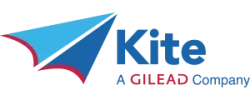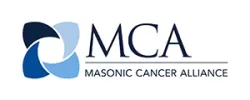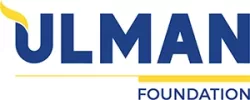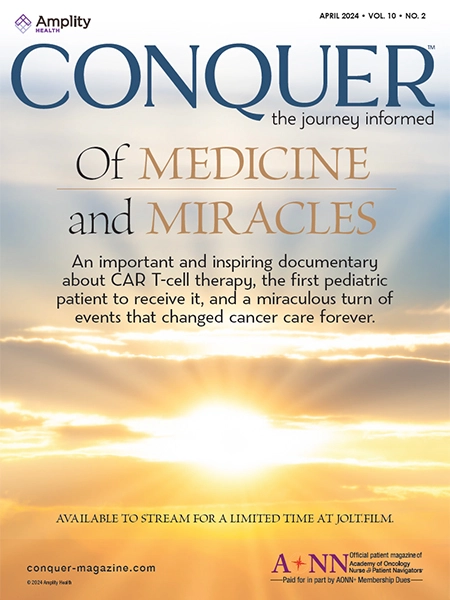The heterogeneity of malignancies has long vexed cancer researchers, but a new approach to immunotherapy may offer a solution.
According to data presented at the 2017 ASCO-SITC Clinical Immuno-Oncology Symposium, adoptive T-cell transfer using “nonengineered” T cells is producing durable responses in heavily pretreated patients with lymphoma or multiple myeloma. With additional, ongoing trials in acute myeloid leukemia, acute lymphoblastic leukemia, and solid tumors, the strategy appears poised for expansion.
“Targeting a single antigen is likely to be insufficient for generating a sustained antitumor benefit and may lead to immune escape,” said Ann M. Leen, PhD, Associate Professor, Department of Pediatrics, Section of Hematology-Oncology, Baylor College of Medicine, Houston, TX. “Our approach to the problem of tumor heterogeneity was to develop tumor-specific T-cell lines that target multiple tumor-associated antigens simultaneously. And within those antigens, we want to target multiple different epitopes through major histocompatibility class I and II pathways, ie, CD4+ and CD8+ cells.”
In adoptive T-cell transfer, clinicians isolate a patient’s peripheral blood mononuclear cells and then expand an antigen-specific T-cell population in vitro. Once infused back into the patient, these cells exhibit antitumor effects and can also recruit the patient’s own immune system to fight the disease. The problem with this approach, however, is that the vast majority of malignancies are heterogeneous, said Dr Leen; targeting a single tumor antigen is unlikely to produce a durable response.
To address this issue, the researchers included multiple tumor-expressed antigens in their product: MAGE-A4, PRAME, survivin, NY-ESO-1, and SSX2.
“To generate these multitumor-specific T cells, we relied on the use of dendritic cells as antigen-presenting cells, multiple in vitro stimulations, and exposure to activating cytokines to break any energy or tolerance that was present,” Dr Leen explained.
Clinical Benefit in Lymphoma Trial
For their first-in-man study, Dr Leen and colleagues enrolled patients with Hodgkin lymphoma (n = 10), aggressive non-Hodgkin lymphoma (n = 15), and composite lymphoma (n = 2). The researchers divided the patients into 2 cohorts: 12 patients had active disease, and 15 received the product after autologous or syngeneic stem cell transplantation as adjuvant therapy.
Three different dose levels were assessed, with the lowest being 10 million cells. Patients received 2 infusions, approximately 2 weeks apart, said Dr Leen, who noted that no adverse events were observed after infusion at any dose level.
“The product differs greatly from individual to individual, with different dominances shown against different antigens,” she explained. “We even saw differences with respect to the dominance of CD4+ and CD8+ activity.”
Despite these differences, blood samples showed strong activity of T cells generated against the 5 target antigens. What’s more, said Dr Leen, this increase in signal was not limited to the antigens being targeted but was also seen against nontargeted antigens.
T-cell activity correlated with clinical benefit in almost all of the heavily pretreated patients. In 12 patients treated for active disease, the researchers observed 5 complete responses. Of these, 3 responses were ongoing for more than 2 years, and 1 has persisted for more than 1 year. One complete responder died of pneumonia after 4 months in remission, Dr Leen reported.
Three patients achieved stable disease, with 1 patient remaining stable for 1 year. Three patients had progressive disease; several patients had not been assessed yet.
Among the 15 patients infused as adjuvant therapy, response to T-cell therapy was also robust, said Dr Leen. All 15 patients remain in remission at a median of 17 months after infusion.
“I think this is quite remarkable,” she observed. “This patient cohort was heavily pretreated prior to transplant, and the best response to prior therapy was median 6 months in remission.”
“In the setting of lymphoma, I’ve shown it’s feasible to generate these cells, and they have been proven safe in vivo,” she added. “We’ve also seen evidence of tumor lysis in vivo, antigen spreading, and clinical benefit.”
According to Dr Leen, however, the most salient feature of this product is its versatility, and investigators are currently targeting antigens expressed in several diseases. In multiple myeloma, for example, the researchers have an ongoing phase 1/2 trial of 2 cohorts: patients who are infused at least 90 days after autologous stem cell transplantation, and patients who receive the infusion within 90 days. The researchers are testing for differences in immune reconstitution between these groups.
To date, the multitargeted T-cell product has been given to 9 heavily pretreated patients, of whom 4 were treated while in remission and 4 were treated during active disease posttransplant. There’s still much work left to be done, said Dr Leen, but these initial results appear to mirror the efficacy seen in lymphoma.
“We think we can make the same conclusions for myeloma as for lymphoma, and we are seeing the therapeutic potential of this product in leukemia and solid tumors as well,” she concluded.













